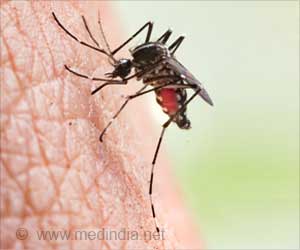The traditional coffee growing method in smaller shaded areas needed less water and allowed farmers to diversify their crops and use their land to plant other crops.

Alexander Myers, a doctoral candidate in sociology, said, "Historically, coffee has been exploited by the West in various ways, because it is consumed in rich countries, and grown in poor ones. The traditional coffee growing method in smaller shaded areas needed much less water and also allowed farmers to diversify their crops and use their land to plant other crops as well. Especially these peasant farmers who maybe have a small plot of land, they rely almost exclusively on coffee sales to sustain themselves."
Major drops in commodities prices of coffee beans to around $0.50 per pound in 2001 nearly wiped out economies of those poor nations. Myers said, "That really hit the farmers hard, and it caused a lot of these family farms that have historically relied on coffee to keep themselves afloat."
Myers further added, "It is very taxing environmentally. What we do matters. The choices that we make, the products that we buy have an impact on somebody."
The study will be presented at the ongoing 110th Annual Meeting of the American Sociological Association (ASA) in Chicago.
Source-IANS















